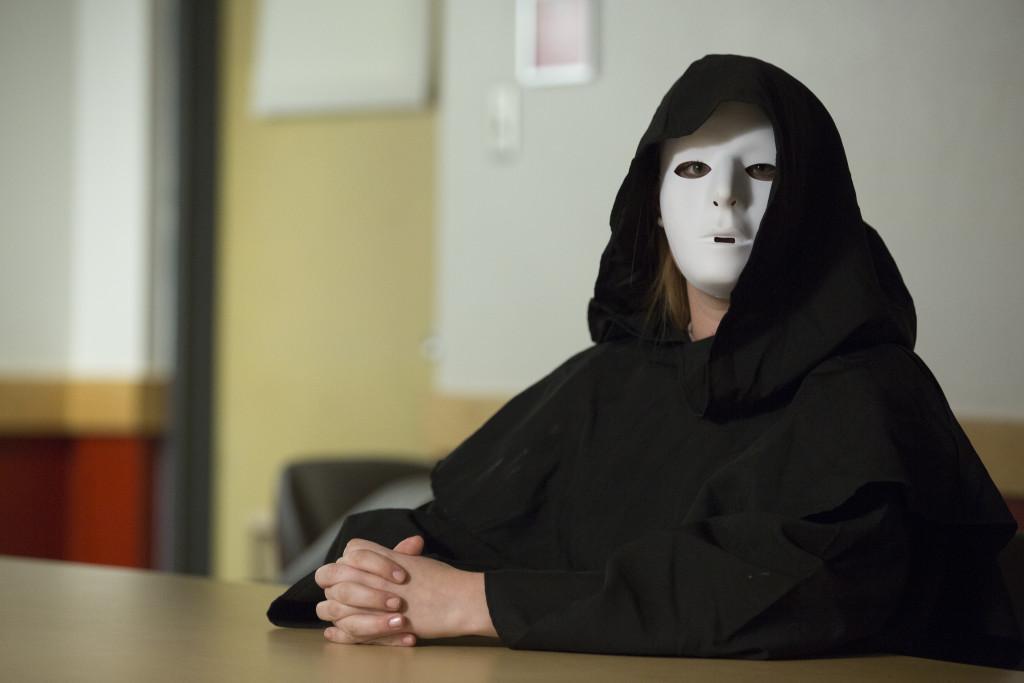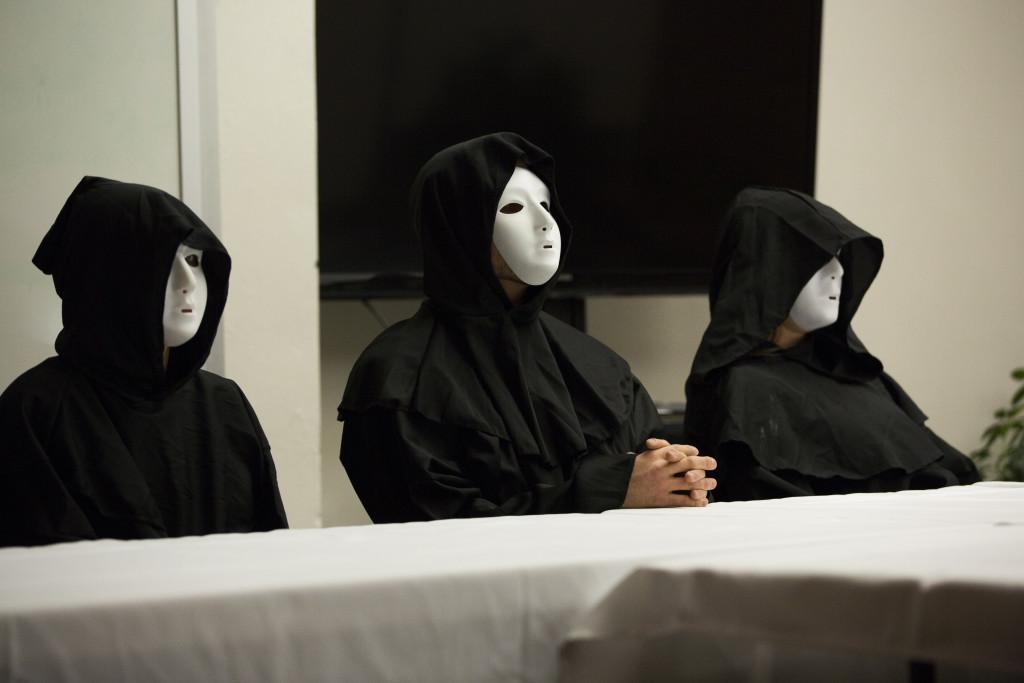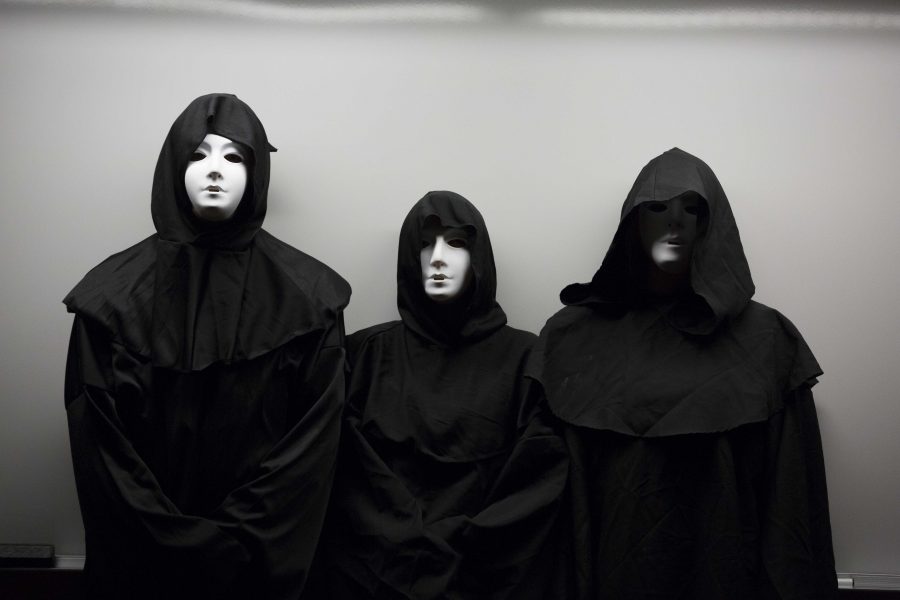When you look at images of the Skull and Bones society, you might find the group off-putting, somewhat unsettling, perhaps even terrifying. However, when I met with them, they were careful to do what they could to put me at ease. Still, I felt out of place, an unavoidable result of being one of only two people in the room not dressed in a mask and hood.
The first version of Skull and Bones was formed at Yale University in 1832. A chapter developed at the U in 1909, started by a Yale alumni. The two chapters, Yale’s and the U’s, are still both in existence today, though they are not currently tied together. This is not for lack of trying, at least from the U’s side of things, but the society’s dedication to anonymity has made such connections difficult.

Skull and Bones is not limited to one section of campus. “It’s not just one group of people involved in all the same things,” the group told me, with members “involved all over campus” to bring attention to issues from everywhere around the U. They define issues as “anything that generally affects a student’s life,” and their connections within many of the U’s student government groups keep them informed as to the current goings-on around the school.
“Our main goal this year is to make our organization known to students at the U,” said one of the spokespeople, largely to dispel the doubts of students who are “tapped,” or invited to join the organization, every spring.
“Originally it was an all men’s organization, and now it’s definitely not,” the group explained. The group was also initially only available to graduating seniors; now, however, the U chapter has also moved to include juniors who pass their “very thorough initiation process,” mainly to maintain steady leadership transfer.
Despite their off-putting appearance, the group assured me they were actually quite relaxed. One individual described the group as “one big happy family” comprised of “light and fun interaction.” Members meet twice a month, but their relationships are not limited to those meetings. Bonesmen, the name for members in the group, do what they can to support each other, often attending each other’s events and generally providing each other with a safe and fun network.

“It’s great to be surrounded by student leaders that care about campus so much,” another member said.
Skull and Bones bonesmen are united by their shared drive and passion for keeping the U fun and safe. Their connections extend past the current group to alumni via Facebook, and as I was told, “It is exciting to see what former bonesmen have gone on to do.”
As for the anonymity, according to the group, there are a few reasons for it. “There’s an invisible force that comes with secrecy,” said one, with another adding that it is a way of “honoring tradition” by maintaining the anonymity established by Yale’s Skull and Bones.
While members of the U’s chapter have not always cared as much about secrecy, often having their names published in such places as the Deseret News and U yearbooks, the current group has decided that the perks that come with anonymity are worth the drawbacks. In addition to creating an “invisible force” and “honoring tradition,” anonymity works to ensure that no one in the group lets their membership go to their head. Anonymity also helps with the vetting process prior to tapping, since it allows members to seek out potential Skull and Bones members without anyone knowing they are doing so.
With this glimpse into the world of the Skull and Bones bonesmen, the group hopes to ask other students at the U not to judge by appearances alone; tapping is considered a major honor, as the group is quite exclusive.
Now that you know a bit about Skull and Bones, you might find yourself wondering if that friendly student government representative, fellow student or club member is actually a Skull and Bones bonesmen. I’ll be doing the same, and your guess will be as good as mine.



My name is Elvis Nnodim • Feb 2, 2019 at 12:02 pm
Will what is going on and if the give wealth and power